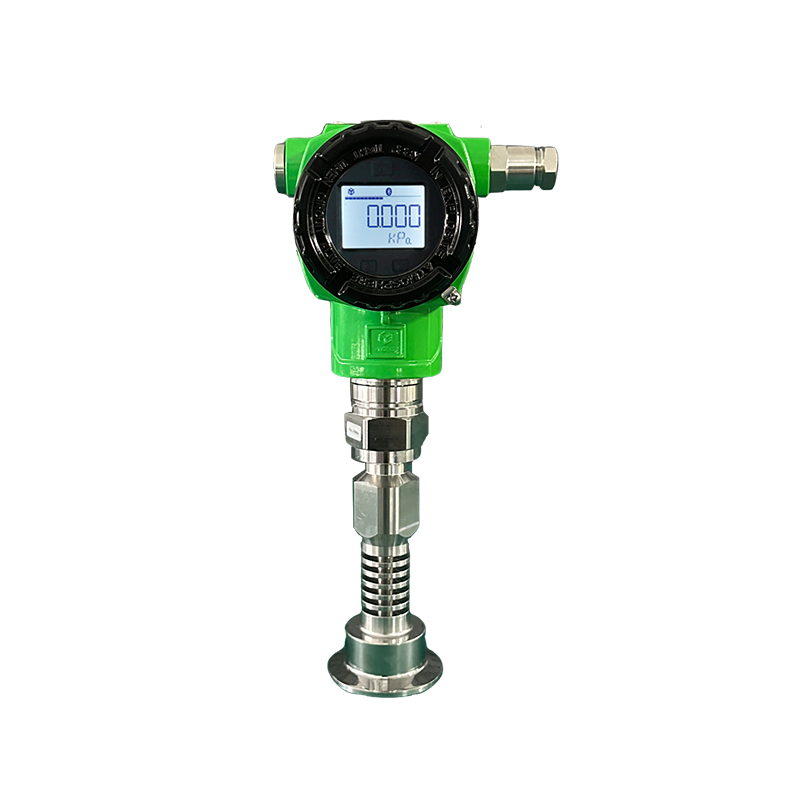Today, consumers are demanding higher standards for juice quality and safety, where production process details directly determine product success. With its superior hygiene performance and precise pressure measurement capabilities, the clamp-type sanitary pressure transmitter has become the industry standard for leading juice manufacturers.

Traditional pressure gauge connections often feature threaded joints or dead corners, which can trap fruit pulp fibers, pectin, and other substances—creating a breeding ground for bacteria. This not only compromises juice flavor but also poses food safety risks. The Tri-Clamp sanitary pressure transmitter, however, employs a clamp connection method that enables quick installation and removal from pipelines while ensuring a seamless, smooth connection, effectively resolving this issue.
In juice production, CIP (Clean-in-Place) is an essential daily process. This transmitter can be easily and quickly disassembled, enabling thorough 360-degree cleaning and high-temperature sterilization when integrated with the CIP system. The membrane surface in contact with liquids undergoes electrolytic polishing to achieve mirror-like smoothness (Ra ≤ 0.4µm), ensuring no material adhesion or residue.
From raw materials to finished products, the clamp-type sanitary pressure transmitter serves as a "pressure guardian" in multiple critical stages of juice production: 1. Pipeline transportation and filtration: Monitoring the pressure differential before and after the precision filtration system and behind the transfer pump is crucial for preventing blockages, assessing filter cartridge lifespan, and ensuring smooth production line operations. When pressure anomalies occur, the system promptly triggers alarms to prevent operational interruptions.
2. UHT/Pasteurization section: During ultra-high temperature instantaneous sterilization or pasteurization, temperature and pressure need to be precisely coordinated. The pressure signal provided by the transmitter is one of the key parameters to ensure the sterilization effect and retain the nutrition and flavor of the juice.
3. Sterile Filling: Maintaining a slight positive pressure in the filling machine and storage tank during sterile filling is crucial to prevent external air and microorganisms from entering, ensuring the product's commercial sterility. The sanitary pressure transmitter safeguards the final line of defense for product safety through precise monitoring.
The clamp-type sanitary pressure transmitter is no longer an "optional accessory" for high-end production lines, but an essential basic component in modern, high-standard juice production systems. Its widespread application marks that China's juice industry is moving toward a safer, more efficient, and higher-quality direction.


